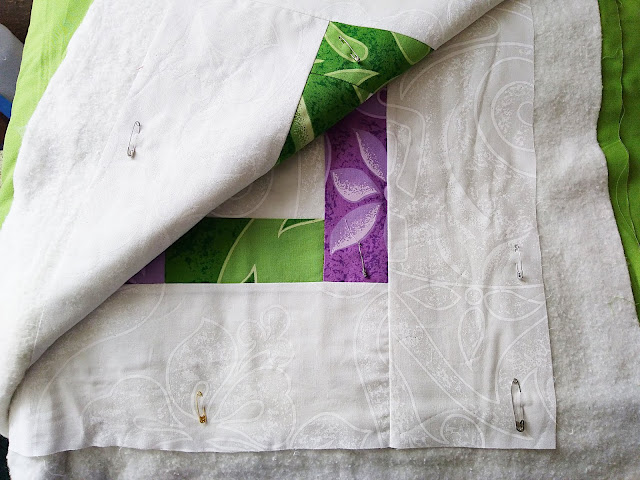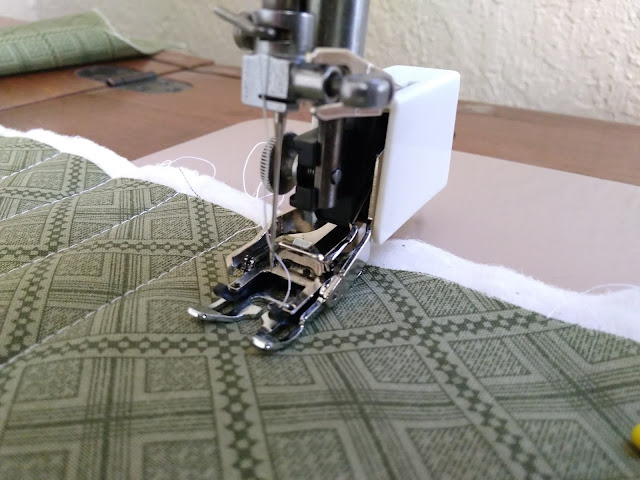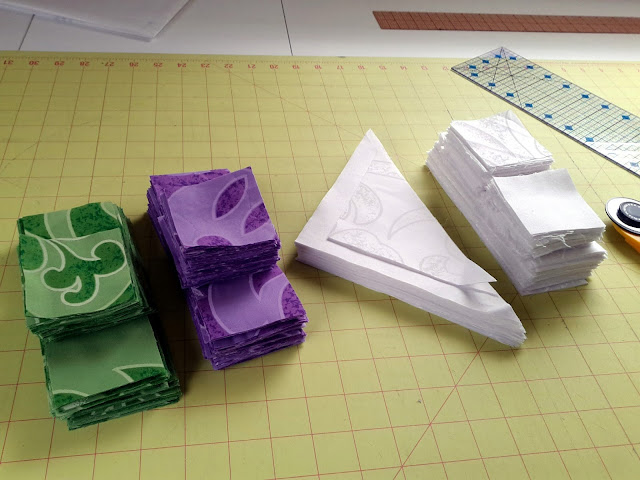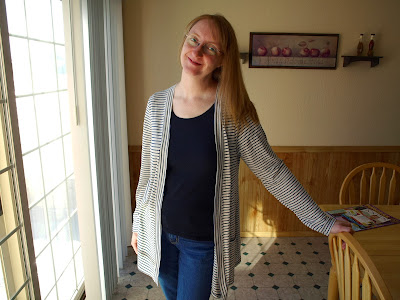**This tutorial is a work in progress and will be updated as I practice more.
After finishing up the piecing of the Patches and Pinwheels quilt, I began debating on how to quilt it. Do I quilt it myself on my Singer Rocketeer? Do I handquilt? Do I pay someone to do it for me? I am still debating on this quilt because it is so big but I do have my smaller Hawaiian quilt that I may try.
I did buy an aftermarket
free motion/embroidery foot from Amazon. The Singer Rocketeer has a slant shank and there are two versions of a free motion foot. The first is a spring design and the second use a curved piece of metal as the spring. The second version has technically been discontinued but you can pick it up on ebay. The spring design is available from various sources.
This version is made by Honeysew and is available on Amazon for about $9.00. My understanding is that as the needle bar moves, the bar at the top of the spring lifts the foot so it hops as you sew. Having never used something like this, I don't know if that is true. In this case that little bar is at least a 1/2" above the needle bar and does not ever touch. In other words, it doesn't work the way I think it is supposed to work.
I had to refer to the machine manual and Amazon review comments to figure out how to make this work. The interesting thing about this Singer and many older models is that the instructions for free motion embroidery and darning instruct you to remove the presser foot and use a bare needle!
This setup requires the use of a hoop, which is not practical for a quilt. Also, it exposes your fingers to the needle much more easily if you are not paying attention! So after a bit of trial and error, I eventually figured out the best setup. The manual has instruction on a few different pages, so I missed a few key steps at first.
1. Set the pressure to the "D" setting. This dial is on the inside of the machine and the "D" and is for
Darning. This setting removes all pressure off the foot. This will allow you to move the fabric under the needle.
2. Lift the feed dog plate.
3. Tension settings may need to be adjusted. I loosened it a bit only to turn it back to my normal setting. This may depend on your machine, thread, etc.
4. Bring the bobbin thread to the top and sew a little slower at first. It will take practice to determine the ideal speed for you. Also, I ended up wearing garden gloves with that nylon coating to help move the fabric under the needle.
My initial results are not pretty, but I think with a bit more practice I may be able to do free motion quilting on this machine.
If you have done free motion quilting on your sewing machine, please leave a comment on what machine you used and how it went.
*Links to Amazon are affiliate links.





































